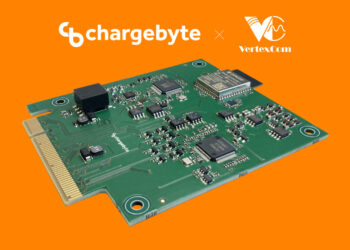
The Inflation Reduction Act’s (IRA) $7,500 tax credit has enjoyed some limelight in the public discourse surrounding electric vehicles. But one key provision under the act might not have received as much attention – Section 45X, or the Advanced Manufacturing Production Credit that’s aimed to attract more investment in domestic electric vehicle production.
Under Section 45X, the US government offers several tax credits for the local production of solar and wind components, battery cells, modules, and critical minerals. Here are some of the key details of the Advanced Manufacturing Production Credit:
- 10 percent production cost credit for electrode active materials.
- Battery cells can qualify for a credit of $35 per kilowatt hour of capacity.
- Battery modules can qualify for a credit of $10 per kWh of capacity.
- If the module doesn’t use cells, it can get $45 per kWh of capacity.
- 2030 onwards, the credits reduce by 25 percent annually.
- Credits will cease to exist for components produced from 2032.
To put the aforementioned numbers in perspective, a 50 kWh battery pack might attract a credit of $1750. Assuming a battery maker produces 50,000 units annually, the savings could be a whopping $87.5 million. Factor in the credits for modules, critical minerals, and electrode active materials, and the sum can skyrocket even further.
Manufacturers may transfer all or part of their credit to an unrelated entity in exchange for cash, as per Automotive News. Additionally, those who are not tax-exempt can get up to five years of direct pay. There’s no ceiling on how much companies can receive, although a 20 percent penalty may apply to excess payments.
However, Section 45X doesn’t apply to components produced at a facility where Section 48C was claimed. Section 48C provides incentives for advanced energy projects like renewable energy generation, carbon-dioxide capture, electric grids, or other projects aimed to reduce greenhouse gas emissions.
Thanks to Section 45X, the total cost of battery rebates could be $136 billion over 10 years, according to an Axios study. Tesla alone could qualify for $1B in tax credits in 2023, while its Giga Nevada plant could gain up to $17.5B at an annual production rate of 500 gigawatt hours.
Even the likes of Ford and General Motors have expressed how they could reap massive benefits thanks to the statutes under IRA. Ford expects $7B in tax credits between 2023-2026 while GM could gain $300M in 2023, as per the Axios report.
Another report indicated that the IRA incentives have contributed to the rise of North America as the fastest-growing battery manufacturing hub in the world. While China would continue to lead that space, its share is projected to decline, as per the study.







